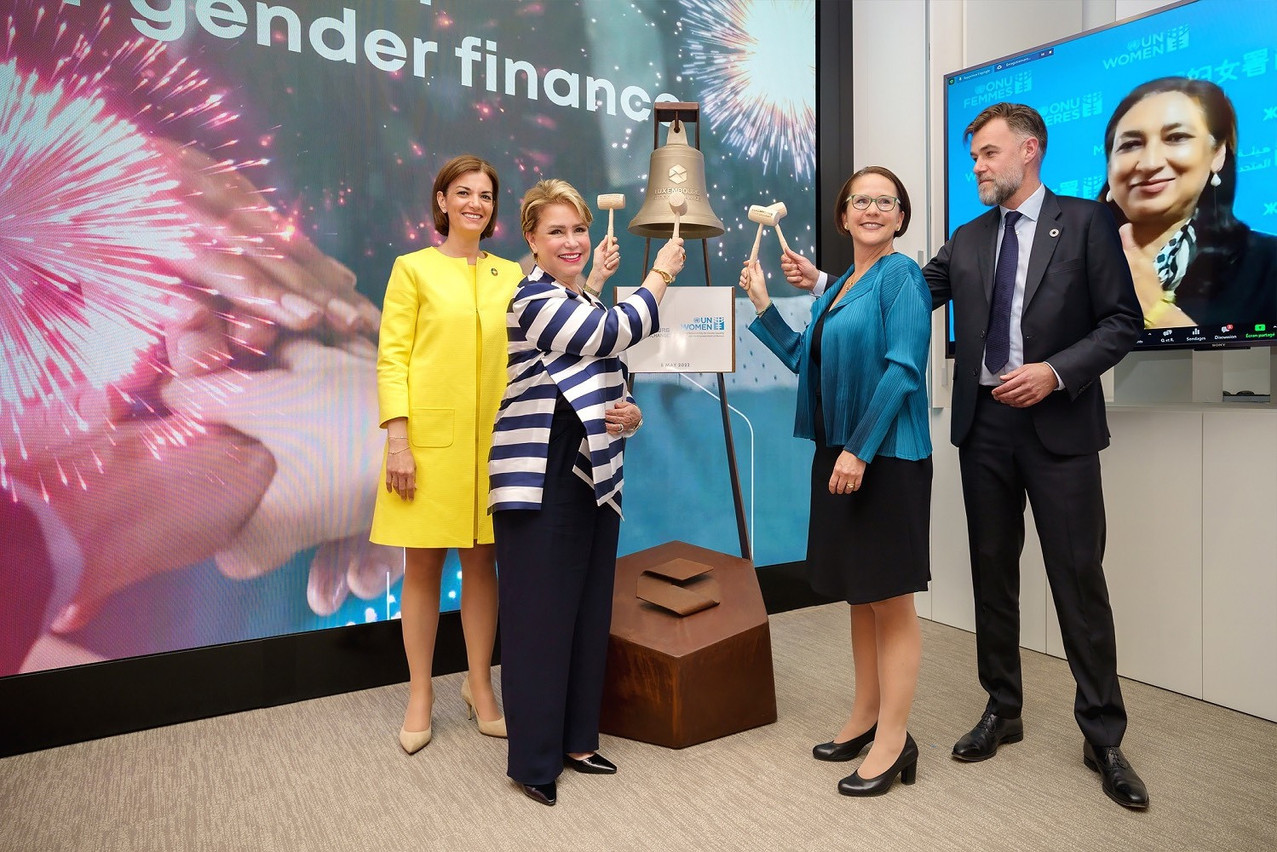The partnership is intended give momentum and visibility to gender bonds in order to mobilise sufficient capital to make a significant contribution to the UN Sustainable Development Goal 5, which aims to “achieve gender equality and empower all women and girls”.
The two partners will work together to promote sustainable debt instruments that raise funds for projects that advance this goal. They will draw on the guidelines in the report published jointly by UN Women (United Nations Entity for Gender Equality and the Empowerment of Women), ICMA (International Capital Market Association) and IFC (International Finance Corporation).
Marc Fassone: What is in the MoU and what will be the role of the Luxembourg Stock Exchange?
: By entering into this UN Women MoU, we are committing to contribute to gender equality and women’s empowerment by better linking finance and gender. In many parts of the world, women are still excluded from economic activities and financial services. If we want to close the gender gap in the global economy, we need to ensure that women have access to education, opportunities and finance. This is why gender finance and gender investment are so important.
As an exchange, we have a key role to play in ensuring the visibility of these bonds and of issuers who have the courage and ambition to tackle the issue of women’s access to finance. We also want to inform and guide the many investors who want to support this cause to the right products. This is why we want to go beyond a simple labelling by analysing and verifying the declared intentions and the proper allocation of funds. We will make sure that the funds have been allocated according to what is declared in the issue report. And ideally, we hope to measure the impact.
By doing this work, we hope to start a ripple effect.
The gender bond market is new. How is it structured?
Gender bonds are a variant of social bonds, sustainability bonds or sustainability-linked bonds.
We distinguish between gender bonds and gender-focused bonds. In the former, 100% of the funds raised go to women, whereas in the latter, only a fraction is allocated to such financing. In Luxembourg, we mainly have gender-focused bonds, of which there are 36 issued by eight issuers, six of which are multilateral development banks. There is an interesting parallel to be noted: we are exactly at the same point as we were in 2007 when the first green bond was listed on the Luxembourg stock exchange, when the issuers were the multilateral development banks before the banks and corporates entered the market. Today, of the eight issuers of gender bonds here in Luxembourg, there is one stock exchange and one private equity firm.
Who benefits from the funds raised?
Unsurprisingly, it is the emerging and developing countries supported by the issuing multilateral development banks that benefit from the funds raised. But this is not limiting. The private equity firm I mentioned earlier is active in the Nordic countries, and particularly in Sweden, and wants to contribute to increasing the number of women on the boards of companies in which they invest.
Our objective is really to encourage and to go in the right direction, to mobilise these funds to improve the status of women wherever necessary.
One might get the impression that today we issue as many bonds as there are social problems to correct? Are we not reaching the end of the field?
It’s all about the need for investors to allocate their investments to causes that are important to them and that are aligned with their values and beliefs. Some environmental investors are more supportive of forests than oceans. The important thing is to meet the investment needs and values of investors. You could have as many bonds as there are causes. Costa Rica has issued a jaguar bond, the World Bank a rhino bond. [These are] issues that have found their audience.
With rising interest rates putting pressure on the bond market, is there a risk for the future of these investment products?
There is a risk that there may be fewer issuers willing to pay higher interest rates to finance their environmental or social projects. What I am sure of is that there will be less prepayment and refinancing.
But bonds are still a safe product, less volatile than shares. And it’s a product whose long-term horizon puts it at the heart of the subject of transition and sustainability.
Originally published in French by and translated for Delano
